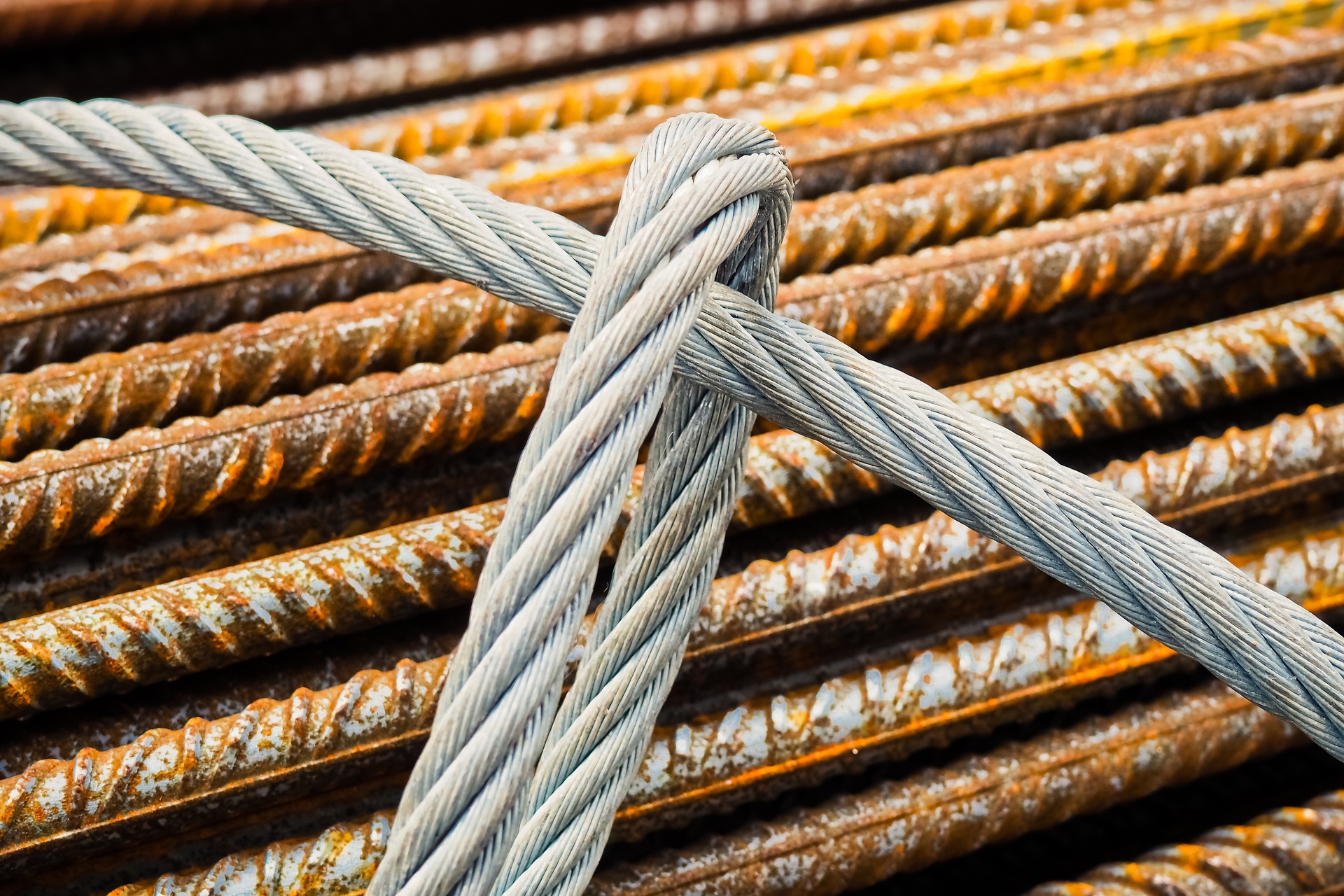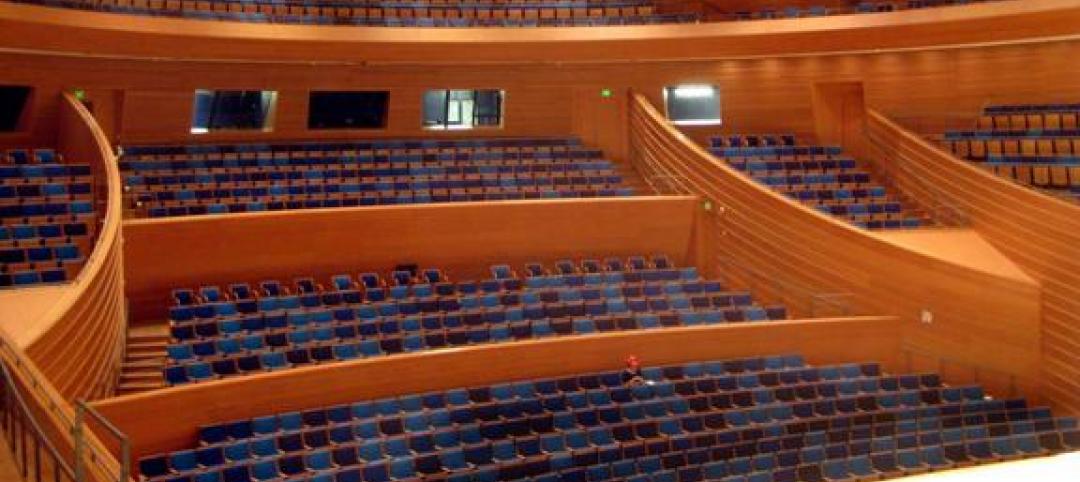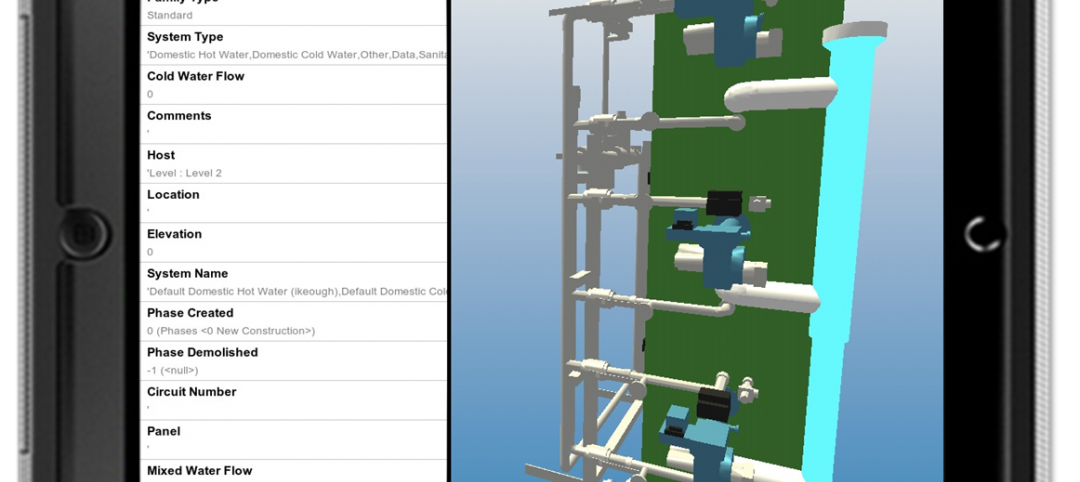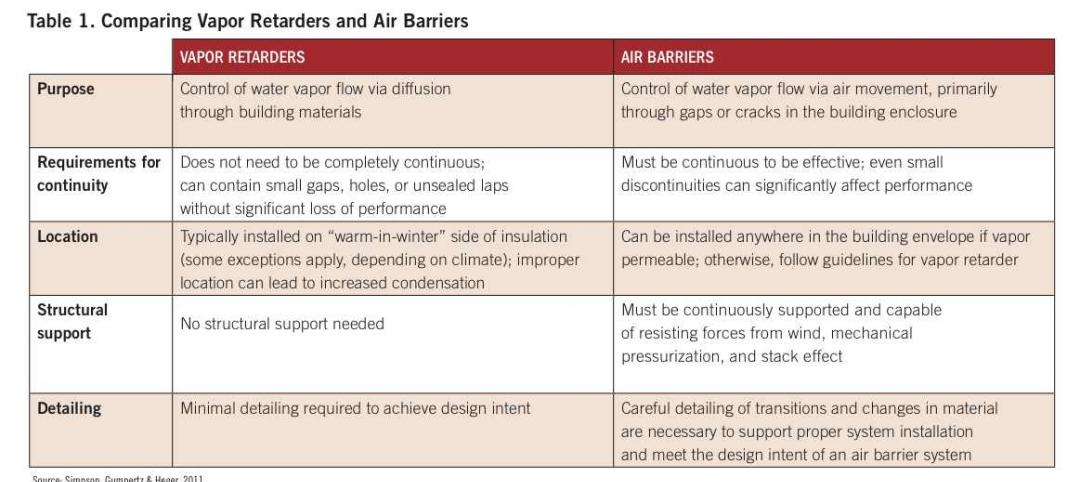The U.S. Environmental Protection Agency will provide 38 grant recipients with nearly $160 million to support efforts to report and reduce climate pollution from the manufacturing of construction materials and products.
The grants will be awarded to businesses, universities, and nonprofit organizations to help disclose the environmental impacts associated with manufacturing concrete, asphalt, glass, steel, wood, and other materials. The grants will support the Federal Buy Clean Initiative, which leverages the U.S. government’s position as the largest purchaser on Earth to catalyze demand for clean construction materials used in federal buildings, highways, and infrastructure projects.
Ranging from $250,000 to $10 million, the grants will help businesses develop environmental product declarations (EPDs) that show environmental impacts across the life of a product and can catalyze more sustainable purchasing decisions by allowing buyers to compare products. Investments in data and tools will make high-quality EPDs available for 14 material categories, which include both new and salvaged or reused materials.
Grant recipients include:
• A company in Georgia that will report the emissions savings gained by switching from higher-carbon components in cement and concrete to recycled and innovative materials.
• A company in Maine that manufactures insulation made from wood fiber will track the quantity of energy and raw materials used in each of their processes.
• A nonprofit organization in Illinois that sells reused architectural materials will measure how much the salvaged materials reduce carbon emissions.
• A large insulation manufacturer based in Indiana will use grant funding to measure and report greenhouse gas emissions for their full product portfolio.
• A major university will use grant funds to research and document carbon emissions savings from reusing structural steel.
Related Stories
| Sep 12, 2011
Putting a stamp on USPS's first green roof
The Morgan Building roof totals 150,000-sf. In addition to a vegetated green roof, other roof areas were upgraded and included 55,000-sf of reflective concrete pavers and ballast, which were also placed over a Sarnafil waterproofing membrane, and 40,000-sf of EnergySmart Roof—a reflective, energy-efficient vinyl roofing system from Sika Sarnafil.
| Sep 9, 2011
Kauffman Center for the Performing Arts in Kansas City opens this month
Theatre Projects played the lead role in theatre design and planning as well as in engineering the customized theatre equipment. BNIM in Kansas City served as the executive architect.
| Aug 19, 2011
Enhanced acoustical design
Ambient noise levels in some facility types are trending up and becoming a barrier to clear communication between building occupants.
| Jul 22, 2011
The Right Platform for IPD
Workstations for successful integrated project delivery, a white paper by Dell and BD+C.
| Jul 22, 2011
Air barrier systems: Your guide to optimal performance
Expert advice on how to control wasteful air leakage in the building envelope.















